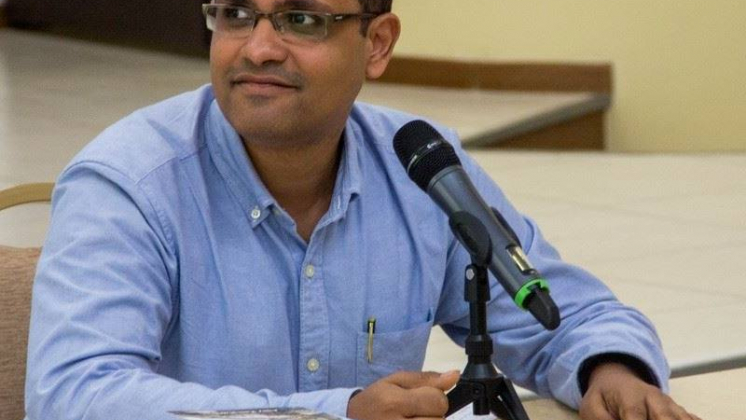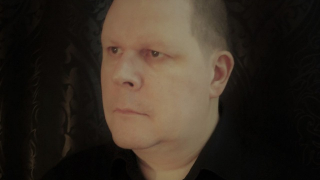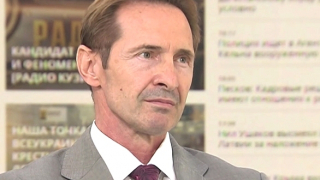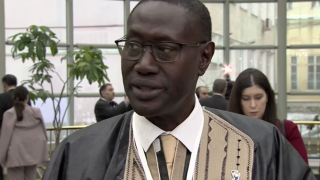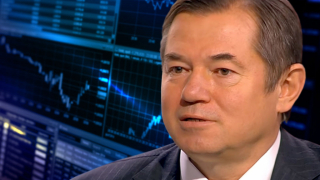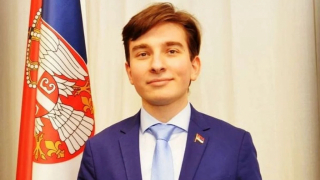India-China ties: The X-factor for a truly multi-polar world
It is in the best interests of New Delhi, Beijing and the Global South as a whole for Sino-Indian ties to thrive.
The world’s two most populous nations have thriving economies that continue to witness growth levels that are unheard of in most parts of the world. Although, highly in favour of Beijing, India-China bilateral trade stood at almost $136 billion in 2022 Unfortunately, the political and diplomatic relationship between the two countries is facing a series of challenges. The last few years have led to a mutual trust deficit between the two Asian powers.
If Russia’s quest for a truly multipolar world is to become a reality, then it is pivotal for Sino-Indian relations not only to be normalized, but to thrive. India and China have civilizational ties that go back thousands of years, but a border dispute that arose in the late-1950s holds the countries hostage.
However, the thaw in India-China relations in the mid-1980s brought a fresh impetus to bilateral ties, which once began to flourish right until the middle of the last decade. When then Chinese President Hu Jintao met then Indian Prime Minister Manmohan Singh in Moscow in 2005, during the 60th anniversary celebrations of the end of the Second World War, the latter is believed to have said the following: “When we shake hands, the whole world will notice.”
Russia has been a key supporter of friendly ties between India and China. The Primakov Doctrine, which was formulated by Russian Foreign Minister Yevgeny Primakov in the 1990s advocated the formation of strategic alliance between Russia, China and India. This was essentially the precursor to BRICS.
Since the 1990s, Russia’s friendship with China and India has grown, but the relationship between Moscow’s two important friends has not kept pace. It can be safely assumed that it is not in the best interests of the West for New Delhi and Beijing to shake hands, but countries such as Russia that are well-wishers of India and China need to encourage these countries to sort out differences or at least freeze their disputes and focus on areas of convergence.
Indian leaders repeat a Sanskrit phrase that means the whole world is one big family, while their Chinese counterparts stress on the need for the lesser developed nations to grow together so that no one is left out. There is clearly no contradiction in the global aims of both countries, and it is in their best interests to follow the principle of harmony in differences.
Better ties between China and India will not just help both countries, but also the Global South as a whole, while also bringing about a multipolar world. The fact that the countries cooperate in multilateral formats such as BRICS and SCO and that India is a key partner of the China-led Asian Infrastructure Investment Bank is proof that the countries are capable of cooperating on a global scale. The time has come to scale up the RIC (Russia-India-China) format as well as upscale bilateral ties.
When the Chinese Defence Minister Li Shangfu visited India for a SCO meeting, he told his Indian counterpart Rajnath Singh, “Common interest between China and India prevails over discrepancies, thus both sides should view bilateral ties and their development in a comprehensive, long-term and strategic way.” This was a clear sign that Beijing would like the relationship with New Delhi to improve. The latter has to accept the hand of friendship that has been extended by the former. The world will indeed take notice when India and China shake hands and the world gets closer to multipolarity.

